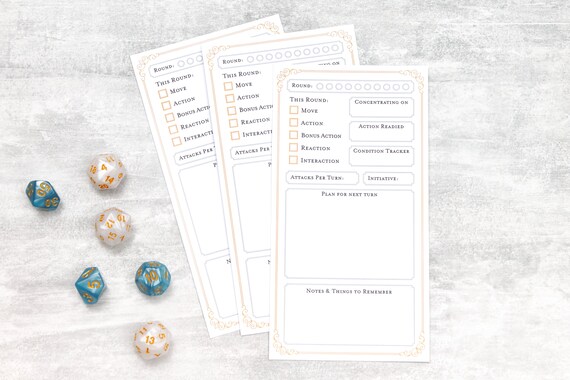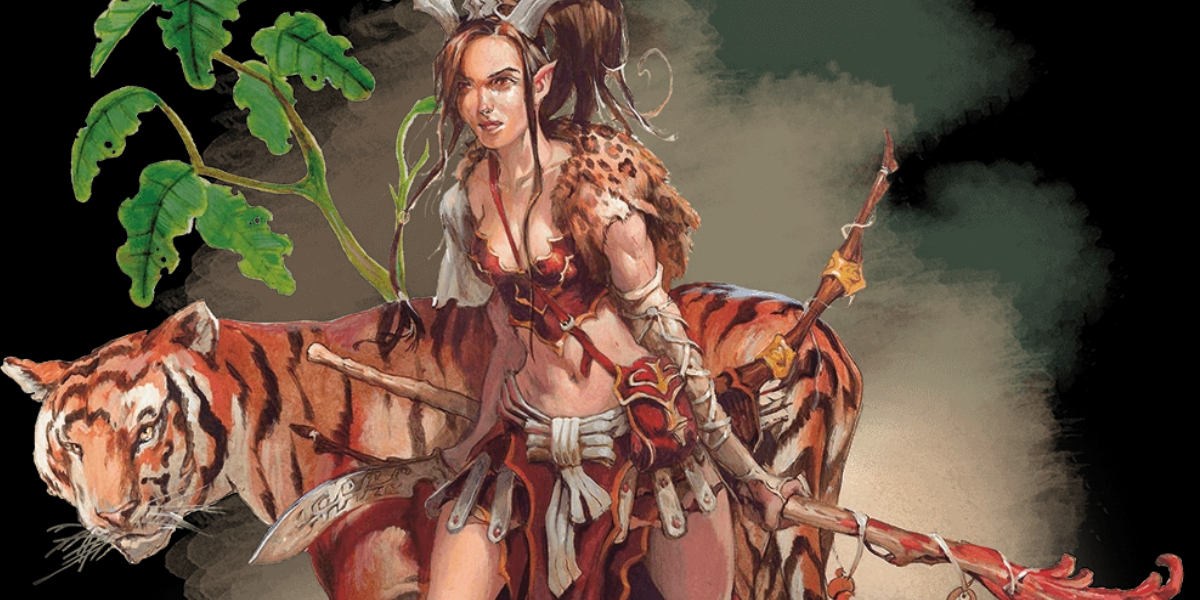

Stay (DC 15): The animal stays in place, waiting for you to return. Seek (DC 15): The animal moves into an area and looks around for anything that is obviously alive or animate. Perform (DC 15): The animal performs a variety of simple tricks, such as sitting up, rolling over, roaring or barking, and so on. Heel (DC 15): The animal follows you closely, even to places where it normally wouldn’t go. Guard (DC 20): The animal stays in place and prevents others from approaching. If you do not point out a specific item, the animal fetches some random object. An animal that doesn’t know this trick continues to fight until it must flee (due to injury, a fear effect, or the like) or its opponent is defeated.įetch (DC 15): The animal goes and gets something.

Alternatively, you can command the animal to defend a specific other character.ĭown (DC 15): The animal breaks off from combat or otherwise backs down. Teaching an animal to attack all creatures (including such unnatural creatures as undead and aberrations) counts as two tricks.Ĭome (DC 15): The animal comes to you, even if it normally would not do so.ĭefend (DC 20): The animal defends you (or is ready to defend you if no threat is present), even without any command being given. Normally, an animal will attack only humanoids, monstrous humanoids, giants, or other animals. You may point to a particular creature that you wish the animal to attack, and it will comply if able. Possible tricks (and their associated DCs) include, but are not necessarily limited to, the following.Īttack (DC 20): The animal attacks apparent enemies. An animal with an Intelligence score of 1 can learn a maximum of three tricks, while an animal with an Intelligence score of 2 can learn a maximum of six tricks. You can teach an animal a specific trick with one week of work and a successful Handle Animal check against the indicated DC. If your check succeeds, the animal performs the task or trick on its next action. If the animal is wounded or has taken any nonlethal damage or ability score damage, the DC increases by 2. This category also covers making an animal perform a forced march or forcing it to hustle for more than 1 hour between sleep cycles. To push an animal means to get it to perform a task or trick that it doesn’t know but is physically capable of performing.

This task involves commanding an animal to perform a task or trick that it knows. The DC depends on what you are trying to do.


 0 kommentar(er)
0 kommentar(er)
